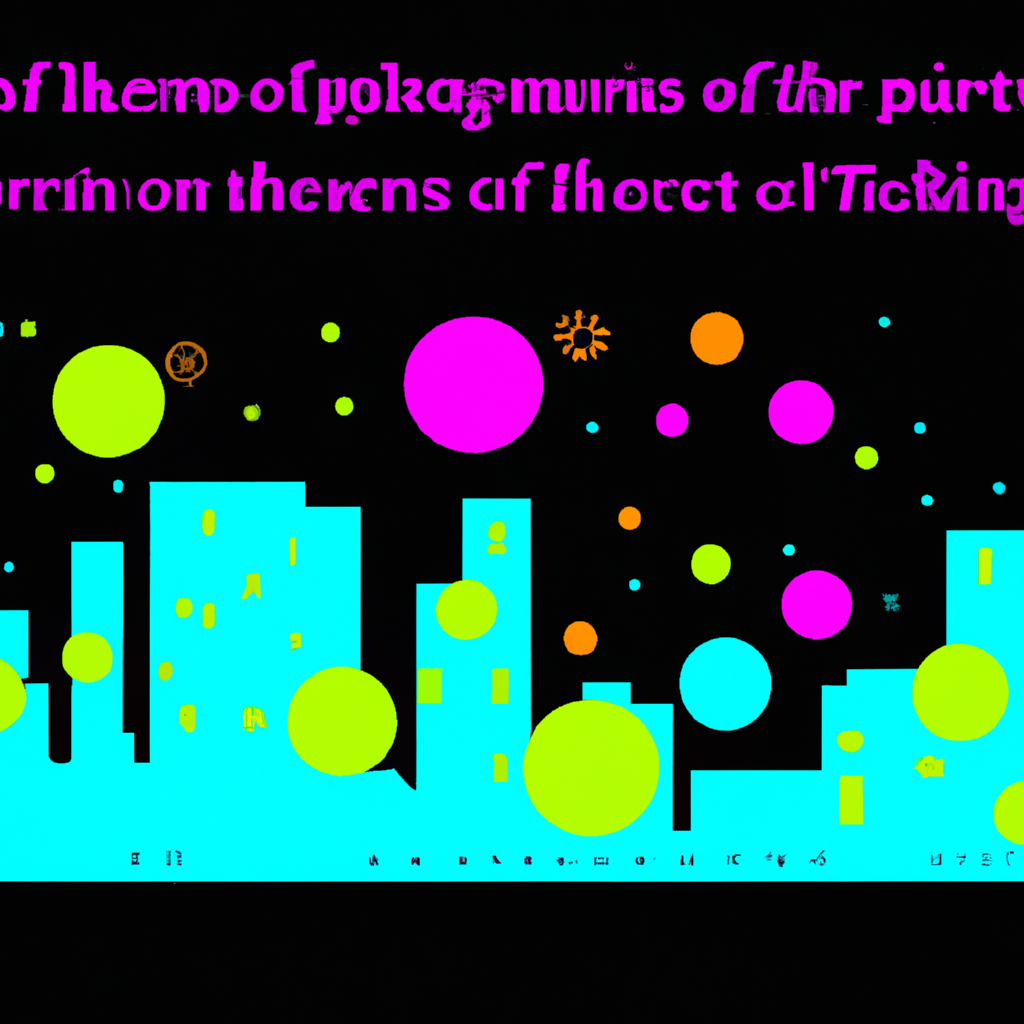The Impact of Internet of Things on Smart Cities and Urban Planning
Table of Contents
The Impact of Internet of Things on Smart Cities and Urban Planning
# Introduction
The rapid advancement of technology has brought about significant changes in various aspects of our lives. One of the most notable developments is the Internet of Things (IoT), which refers to the network of interconnected devices embedded with sensors, software, and other technologies that enable them to collect and exchange data. The IoT has the potential to revolutionize numerous industries, including urban planning and the creation of smart cities. This article aims to explore the impact of IoT on smart cities and urban planning, highlighting the new trends and classic computational algorithms that are being utilized to maximize the benefits of this technology.
# I. Smart Cities and Urban Planning
A smart city can be defined as a municipality that uses IoT-enabled technologies to improve the quality of life for its residents, enhance sustainability, and optimize resource management. Urban planning plays a crucial role in the development of smart cities, as it involves the design and organization of urban spaces. IoT technologies provide urban planners with real-time data and analytics, enabling them to make informed decisions and create more efficient and livable cities.
# II. IoT Applications in Smart Cities
The applications of IoT in smart cities are vast and diverse. One of the most significant areas where IoT is making an impact is in transportation and traffic management. IoT-enabled sensors and devices can monitor traffic flow, detect congestion, and optimize traffic signals in real-time, leading to reduced travel times, improved road safety, and decreased carbon emissions.
Another crucial aspect of smart cities is energy management. IoT devices can collect data on energy consumption, monitor usage patterns, and enable automated control of appliances and lighting systems. This allows for the efficient use of resources, reduced energy consumption, and cost savings for both the city and its residents.
IoT also plays a key role in waste management. Smart bins equipped with sensors can monitor waste levels and notify waste management authorities when they need to be emptied. This optimizes waste collection routes, reduces costs, and minimizes the environmental impact of waste management.
# III. Computational Algorithms in Smart Cities
To make the most of the data collected by IoT devices, computational algorithms are employed to analyze and extract valuable insights. These algorithms help in predicting traffic patterns, identifying optimal routes, and managing energy consumption. Let’s explore some of the classic computational algorithms that are commonly used in smart cities.
a. Genetic Algorithms (GAs): GAs are a classic optimization technique inspired by the process of natural evolution. In the context of smart cities, GAs can be used to optimize traffic signal timings, determine the location of charging stations for electric vehicles, and optimize energy distribution networks.
b. Particle Swarm Optimization (PSO): PSO is another optimization algorithm that is based on the collective behavior of a swarm of particles. It has been successfully applied to various smart city problems, such as optimizing bus routes, allocating parking spaces, and managing the distribution of resources in a city.
c. Machine Learning (ML) Algorithms: ML algorithms are widely used in smart cities to analyze large amounts of data and make predictions. For example, ML algorithms can be used to predict traffic congestion, detect anomalies in energy consumption patterns, and optimize waste collection routes based on historical data.
# IV. Challenges and Future Trends
While the IoT holds immense potential for smart cities and urban planning, it also poses several challenges. One of the main concerns is data security and privacy. The massive amount of data collected by IoT devices raises concerns about unauthorized access and misuse. Governments and organizations need to establish robust security measures and regulations to protect sensitive data.
Another challenge is the integration of various IoT devices and platforms. Currently, there is a lack of standardization, making it difficult for different devices and systems to communicate and share data seamlessly. Efforts are underway to develop interoperable IoT platforms and protocols to address this issue.
Looking ahead, future trends in IoT and smart cities include the integration of artificial intelligence (AI) and blockchain technology. AI can enhance the capabilities of IoT devices by enabling them to learn and adapt to changing conditions. Blockchain technology can provide a secure and transparent framework for managing IoT devices, ensuring trust and reliability in smart city systems.
# Conclusion
The Internet of Things has the potential to transform urban planning and create smart cities that are more sustainable, efficient, and livable. By leveraging IoT technologies and utilizing classic computational algorithms, cities can optimize traffic management, energy consumption, and waste management. However, challenges such as data security and interoperability need to be addressed for the full potential of IoT to be realized. As technology continues to advance, the integration of AI and blockchain in smart cities holds promise for a future where urban spaces are truly intelligent and interconnected.
# Conclusion
That its folks! Thank you for following up until here, and if you have any question or just want to chat, send me a message on GitHub of this project or an email. Am I doing it right?
https://github.com/lbenicio.github.io

